- No products in the cart.
Bromhexine-quinacrine syrup 4 mg / 5ml 100ml vials
$4.65
Bromhexine-quinacrine syrup 4 mg / 5ml 100ml vials
Description
Composition
Active substance:
1 ml of solution contains: bromhexine hydrochloride in terms of 100% substance 0.08 g ,.
Excipients:
25.92 g of propylene glycol, benzoic acid 0.1 g sorbitol 36.7 g, levomenthol 0.02 g, citric acid monohydrate, 0.3 g sodium saccharin dihydrate (saccharin soluble) 0.15 g, 0.1 g vanillin , colorant tropeolin 0 0.001 g, orange flavoring 0.4 g purified water to 100 ml.
Description:
The yellow or light yellow transparent liquid with a characteristic odor. It may be slightly greenish tint.
Product form:
4 Syrup mg / 5 ml.
100 ml vial dark glass, a sealed screw-cap polyethylene control of the first opening.
Each vial together with measuring spoon or cup-dimensional instructions for use and placed in a pile of cardboard.
Contraindications
Hypersensitivity, peptic ulcer, pregnancy (I term); lactation.
Kidney and / or liver insufficiency; bronchial diseases accompanied by excessive accumulation of secretions in the anamnesis – gastric bleeding.
Dosage
0.8 mg / ml
Indications
Respiratory tract diseases accompanied by difficulty discharge of viscous sputum: tracheobronchitis, bronchitis of various etiologies (including complicated bronchiectasis), bronchial asthma, pulmonary tuberculosis, pneumonia (acute and chronic), cystic fibrosis.
Remediation of the bronchial tree in the preoperative period and during therapeutic and diagnostic intrabronchial manipulation congestion prevention in a thick viscous bronchial sputum after surgery.
Interaction with other drugs
Not administered with drugs that suppress the cough center (including codeine), since this makes it difficult expectoration attenuated sputum (accumulation of bronchial secretions in the airways).
Incompatible with alkaline solutions.
Bromhexine promotes penetration of antibiotic (amoxicillin, erythromycin, cephalexin, oxytetracycline), sulfa drugs in bronchial secretion in the first 4-5 days antimicrobial therapy.
Overdose
Symptoms: diarrheal disorders, including nausea, vomiting, diarrhea.
Treatment: artificial vomiting, gastric lavage (the first 1-2 hours after administration).
pharmachologic effect
Pharmacological group:
Expectorant mucolytic agent.
Pharmacodynamics:
Mucolytic (secretolytic) means has a weak antitussive expectorant effect. Reduces the sputum viscosity (depolymerizes mukoproteinovyh and mucopolysaccharide fibers increases serous components bronchial secretions); activates the ciliated epithelium and increases the volume and improves expectoration. Stimulates the production of endogenous surfactant provides stability of alveolar cells in the breathing process. The effect appears after 2-5 days of starting treatment.
Pharmacokinetics:
When administered almost completely (99%) absorbed during 30 minutes. About 80% Bromhexine undergoes extensive metabolism due to the first “pass” effect through the liver. The bromhexine plasma is associated with proteins, penetrates the blood-brain and placental barriers. In the liver, bromhexine undergoes demethylation and oxidation to form an active metabolite-ambroxol. The half-life of 15 hours due to slow reverse diffusion from the tissues. Excreted by the kidneys. In chronic renal failure disturbed bromhexine metabolite excretion. Repeated application of bromhexine may accumulate.
Conditions of supply of pharmacies
Without recipe.
side effects
Allergic reactions, dyspepsia, including nausea, vomiting; aggravation of gastric ulcer and 12 duodenal ulcer, dizziness, headache, increased activity of “liver” transaminases.
special instructions
When the treatment is necessary to take a sufficient amount of liquid, which increases the expectorant effect of bromhexine.
In children, treatment should be combined with postural drainage and vibration massage of the chest, facilitating the removal of secretions from the bronchial tubes.
During the period of treatment must be careful when driving and occupation of other potentially hazardous activities that require high concentration and psychomotor speed reactions.
Storage conditions
At a temperature of not higher than 25 C.
Keep out of the reach of children.
Dosing and Administration
Inside, regardless of meals.
Adults and children over 14 years: 8-16 mg (10-20 ml) 3-4 times a day.
Children under 2 years – 2 mg (2.5 ml) 3 times a day, from 2 to 6 years of age – 4.2 mg (2.5-5 ml) 3 times a day, 6 to 14 years – 4 -8 mg (5.10 ml) 3 times a day.
The course of treatment from 4 to 28 days.
Information
Appearance may differ from that depicted in the picture. There are contraindications. You need to read the manual or consult with a specialist
Additional information
| Weight | 0.100 kg |
|---|---|
| Manufacturer | QUINACRINE INN |

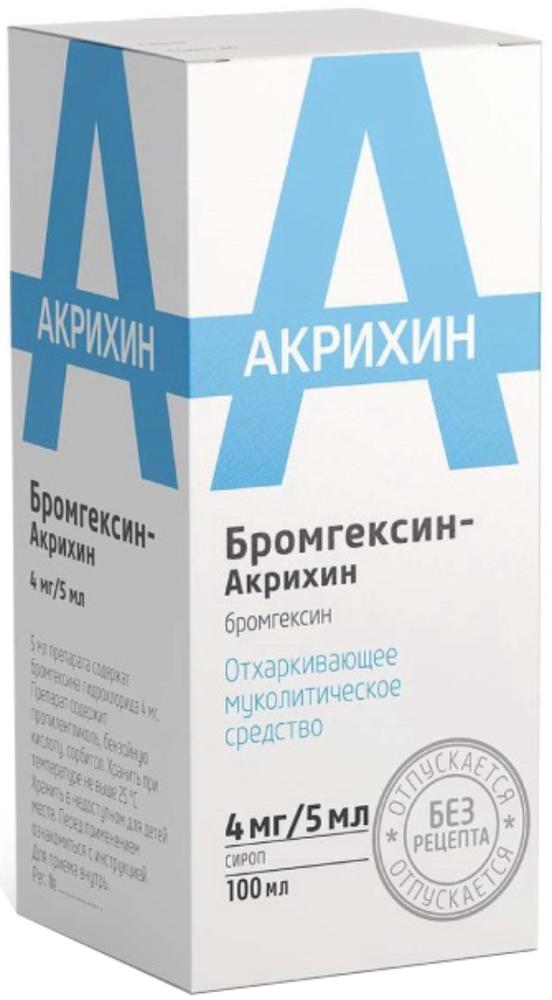
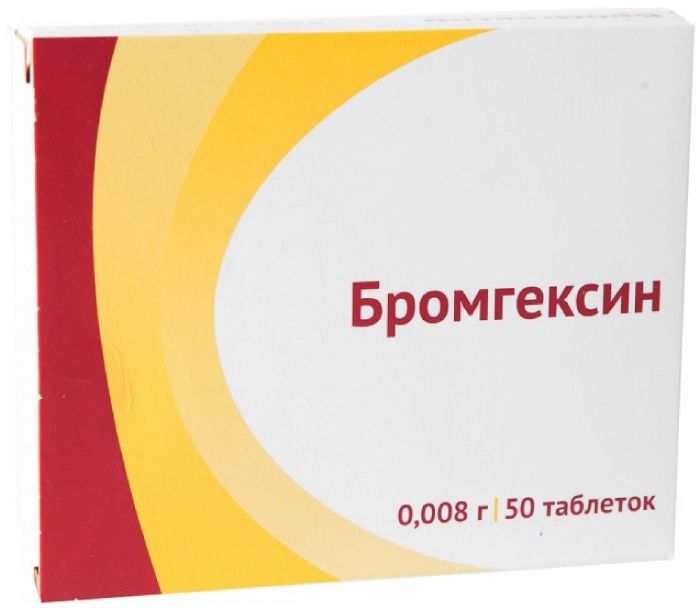
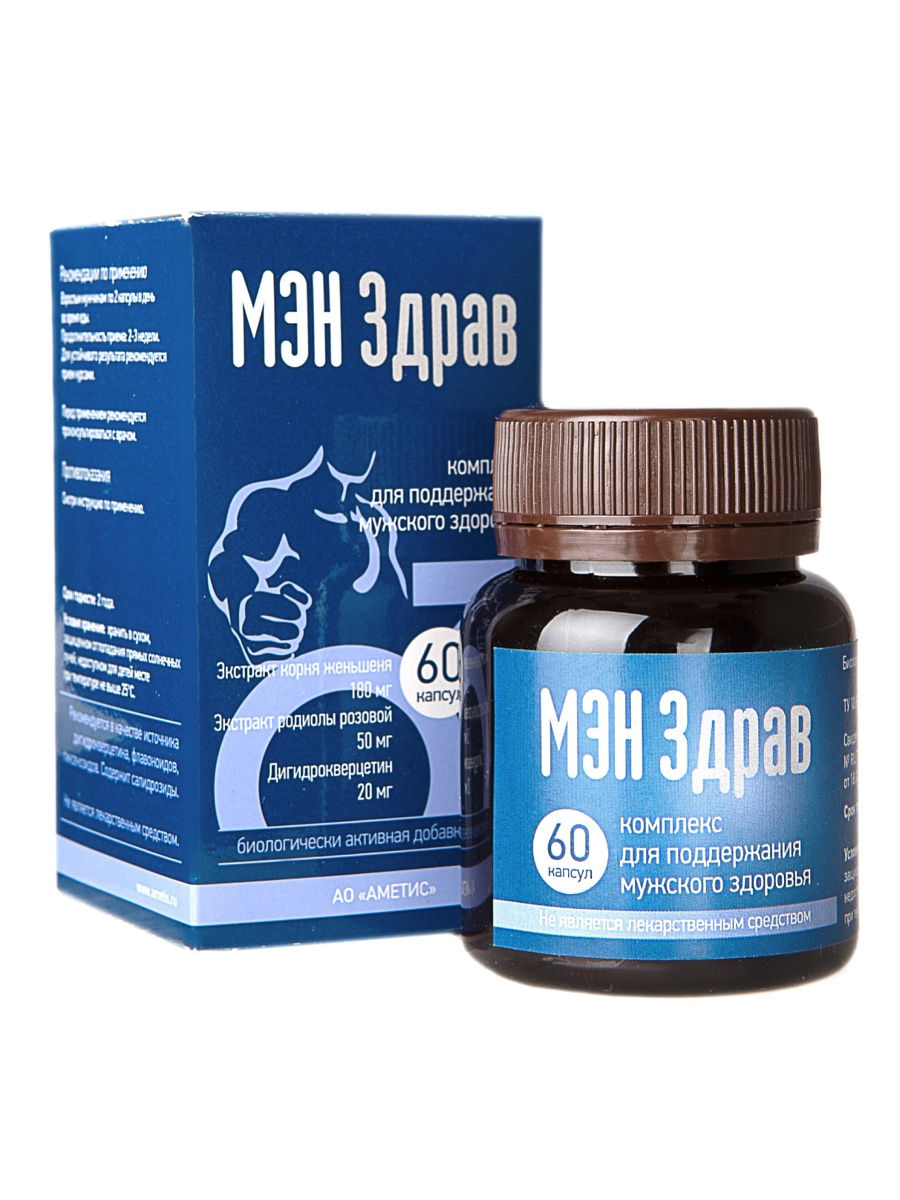

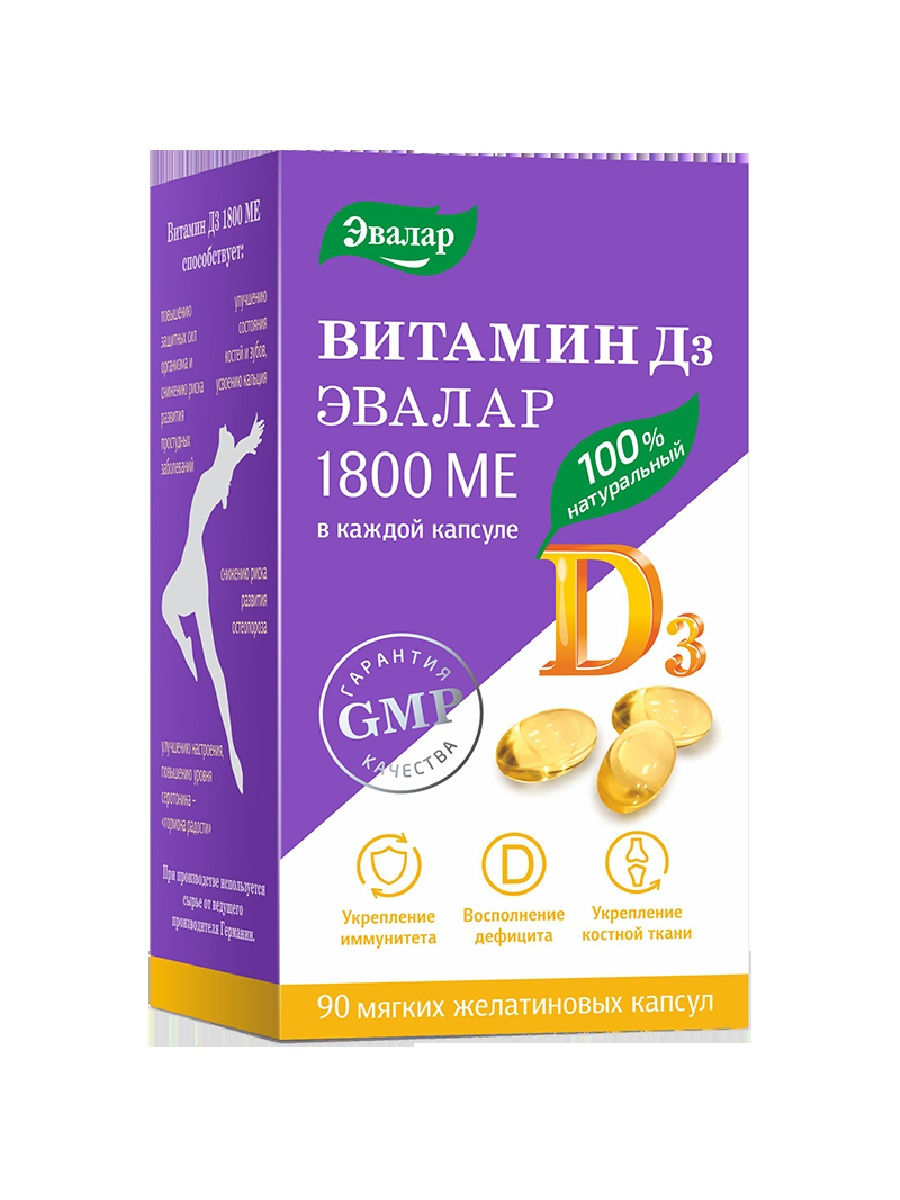
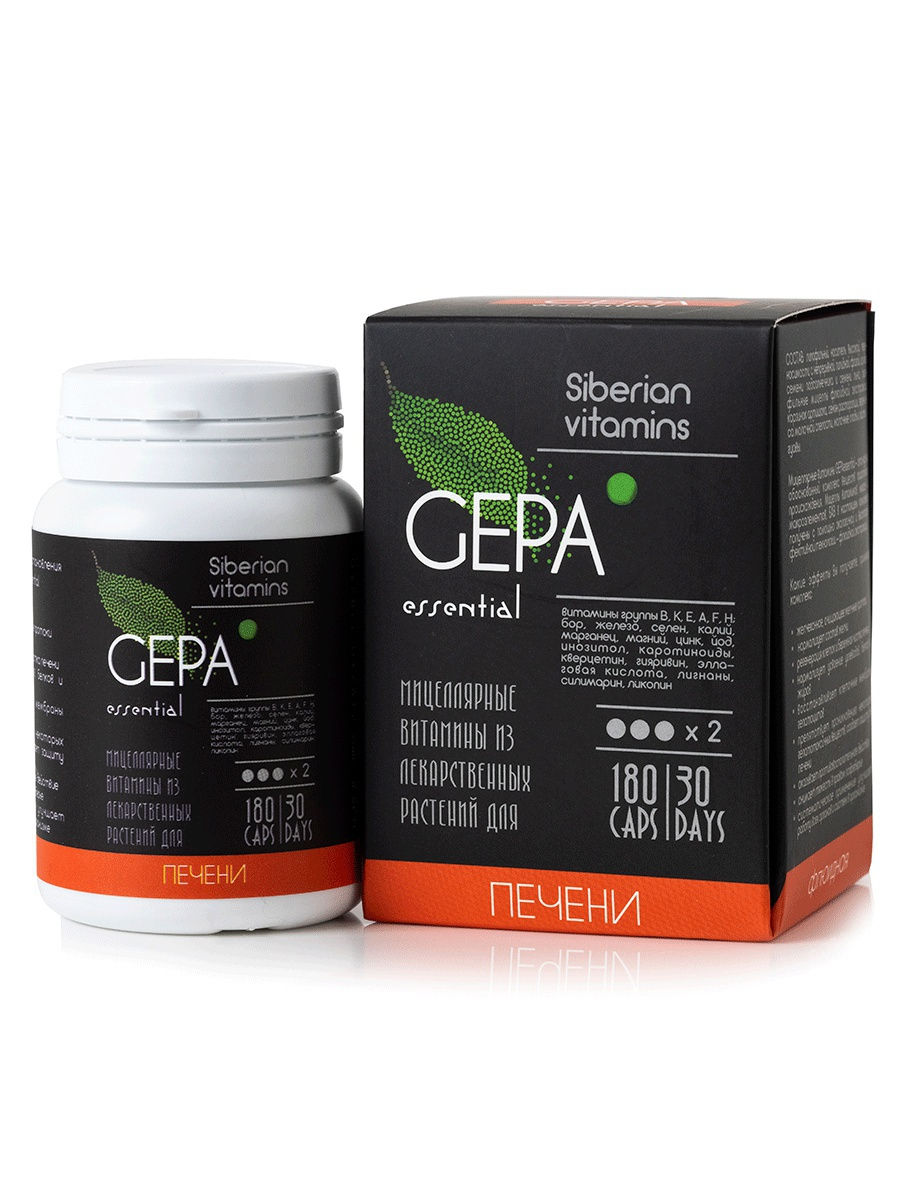
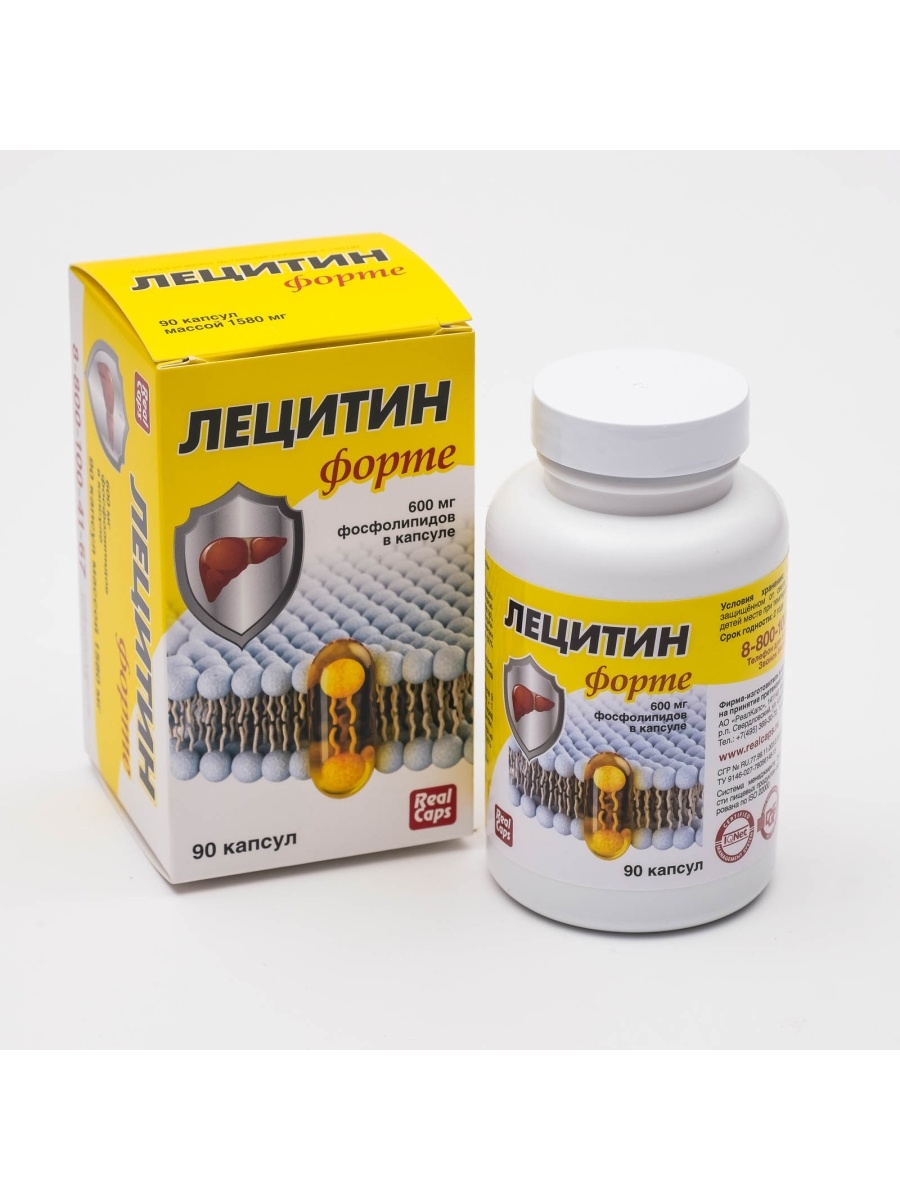
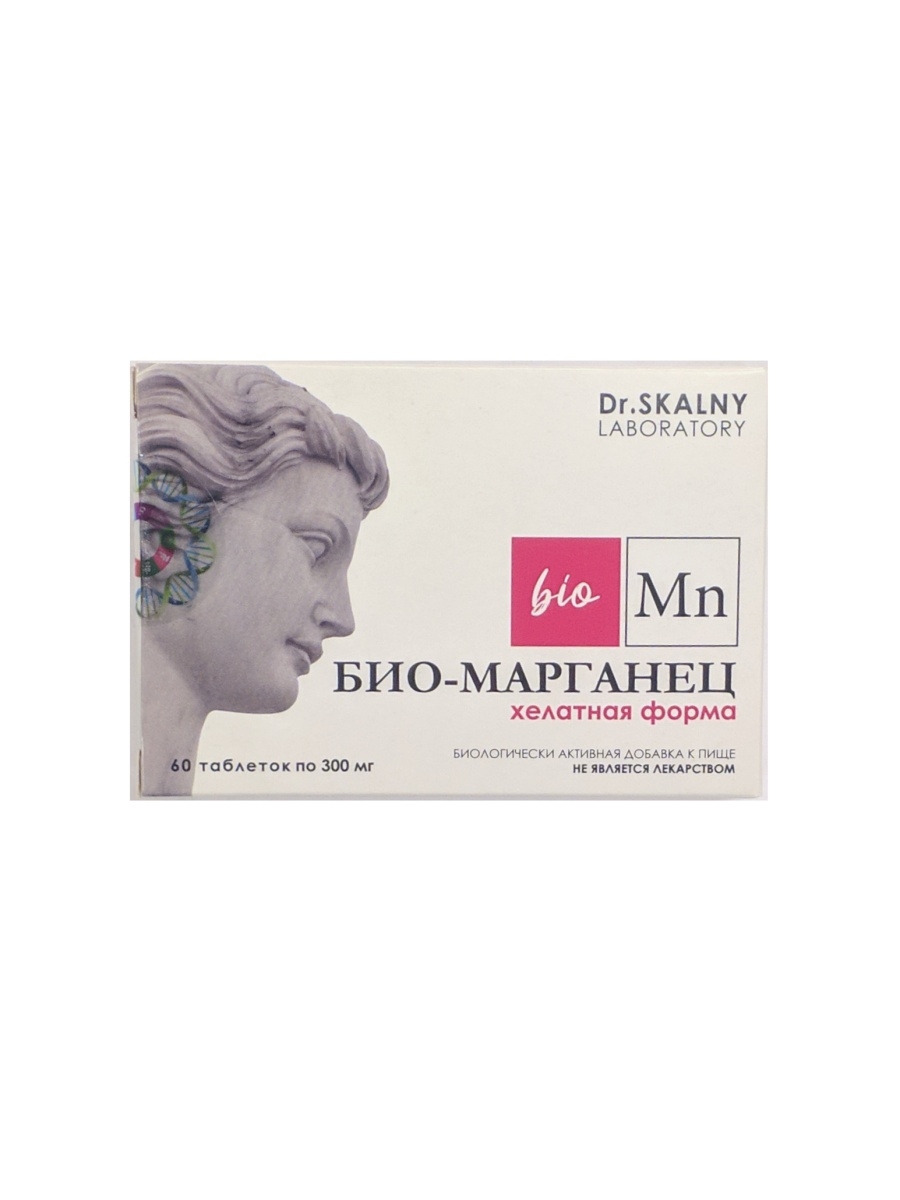




There are no reviews yet.